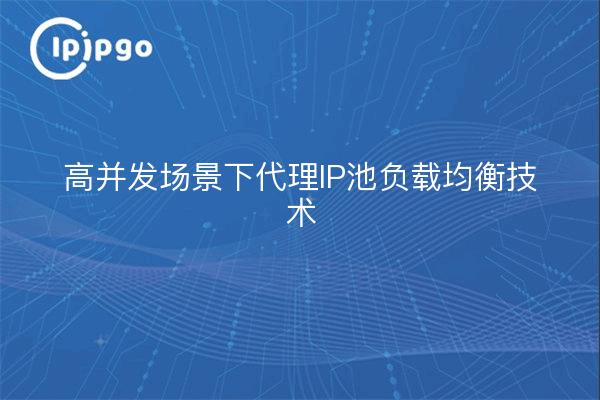
Proxy IP Stuttering in Real Business Scenarios
When there is a sudden surge in business traffic, many users find that the proxy IP response slows down or even drops out. This situation is like a holiday highway traffic jam - not the problem of a particular car, but the entire scheduling system did not do a good job of triage. Traditional single-point polling mode in the face of unexpected traffic is like a toll booth with only one toll gate, which inevitably causes congestion.
Dynamic Weight Scheduling Practical Program
We set three core metrics for each proxy IP:responsiveness,Connection Success Rate,Historical stability. By monitoring the dashboard in real time, the system automatically calculates the dynamic weight values. Here's a useful formula:
| norm | weighting |
|---|---|
| Average response within 5 seconds | 40% |
| Half-hour success rate | 35% |
| Three-day stability | 25% |
Taking ipipgo's intelligent scheduling system as an example, when the response latency of an IP pool in a region exceeds 800ms, the system will automatically switch the traffic to the backup node. This mechanism is particularly suitable for scenarios such as live push streaming and real-time data collection that require maintaining stable connections.
Abnormal Traffic Fusing Mechanism
The common practice when encountering backcrawl of the target website is to change the IP to harden it. But a better way is to setThree-tier fusion strategy::
1. Immediate suspension of single IP access exceptions for 5 minutes
2. Continuous IP anomalies in the same region trigger regional fuses
3. Global anomaly rate exceeds the standard to start the whole pool refreshing
ipipgo's residential proxy pool has a built-in smart fusion module that will complete IP switching and request retries within 0.5 seconds when encountering a CAPTCHA storm, which is more than 200 times faster than manual processing.
Best Practices for Intelligent Routing
A hybrid routing strategy is recommended:
- primary link: Static residential IP for core services
- backup link: Dynamic Mobile IP for bursty traffic
- emergency link: Cross-carrier IP pooling for disaster recovery
With ipipgo's multi-protocol support, both SOCKS5 and HTTP access methods can be configured at the same time. Empirical data shows that this combination scheme can improve the concurrent processing capacity of 30%.
Frequently Asked Questions
Q: What should I do if I always encounter IP blocking?
A: It is recommended to turn on ipipgo's intelligent rotation mode, set the IP to be changed automatically every 50 requests, and turn on the request interval randomization function.
Q: Unstable response time during peak hours?
A: Enable in the ipipgo consoleQuality First ModelThe system automatically assigns premium static IPs, sacrificing some of the cost for stability.
Q: How are nodes selected for multinational operations?
A: Using ipipgo's regional intelligent routing function, the system will automatically select the optimal country node according to the location of the target server to avoid intercontinental hopping.
With the above practical solution, we helped an e-commerce monitoring system to increase the proxy IP availability from 78% to 99.2%, and increase the peak concurrent processing capacity by 5 times. The key is to establishDynamic Sensing + Intelligent Switchingof a closed-loop system, rather than just piling on the number of IPs.








